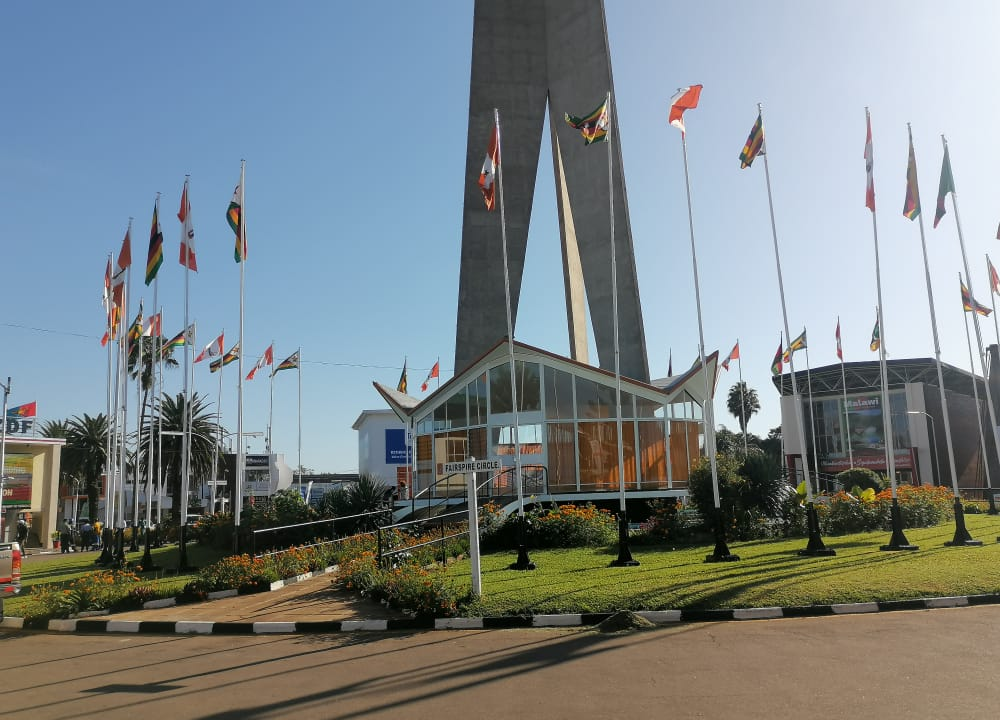How inflation, aid cuts and tight money could test Zimbabwe’s economy in 2026

Zimbabwe’s economy is on track to rebound strongly in 2025, but a new analysis warns that monetary tightening, shrinking aid flows, and lingering inflation could slow momentum sharply in 2026.
Research by BMI, a Fitch Solutions company, projects that real GDP will grow 5.8% in 2025, an upgrade from earlier forecasts of 4.6%, driven by a bumper agricultural season, soaring gold exports, and a modest recovery in household spending. But growth is expected to drop back to 3.9% in 2026, exposing the fragility of Zimbabwe’s post-drought recovery.
After the devastating drought of 2024, agriculture is expected to rebound by at least 21% in 2025. This recovery will lift incomes for farmers, who make up more than half of the workforce, and improve hydropower output, a relief for sectors like manufacturing and services.
Zimbabwe is also benefiting from a global gold rally. Prices have jumped more than 40% this year, encouraging miners to expand output. BMI’s mining team now expects gold production to grow 4% in 2025, up from earlier forecasts of 3.5%. Tobacco exports are also rebounding, with production up 52% year-on-year to July 2025.
These trends are helping the Zimbabwe Gold (ZiG) currency hold steady. The exchange rate is expected to slip only slightly from ZWG25.8/USD at the end of 2024 to ZWG27.0/USD by the end of 2025. Additionally, taming inflation, which BMI sees easing from 93.8% in August to 45% by year’s end. With household incomes stabilising, private consumption growth is expected to climb to 4.8% in 2025, up from 3.8% previously forecast.
While price growth is easing, inflation will remain elevated at nearly 50% on average in 2026, limiting purchasing power and complicating investment decisions. A weaker-than-expected currency or new shocks to commodity prices could quickly reverse gains.
This story is written and edited by the Global South World team, you can contact us here.